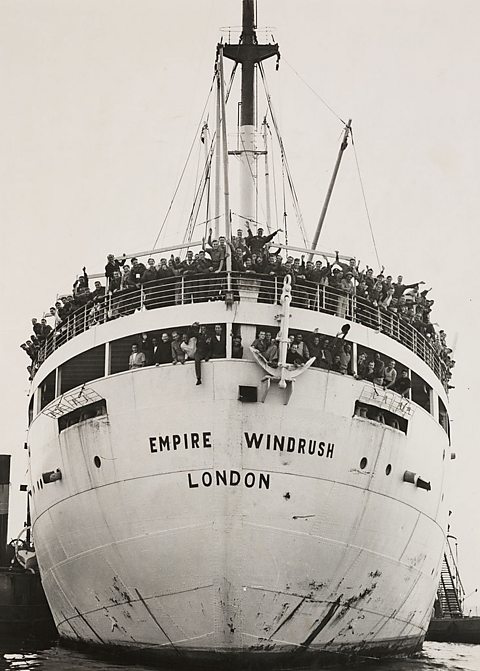Britain is a country with a long history of immigration, but in the last 20 years we have seen it rise at its fastest ever rate.
Immigration shapes communities, and permeates political debates. But what does the UKвҖҷs immigration history look like, howвҖҷs it affected the country, and how do people living here feel about it?
The explores all this and more. Here are some of the things youвҖҷll learn when you read it.
1: After WW2, the UK looked to fill workforce gaps

After World War Two, Britain was facing labour shortages in key public services around the country.
To mitigate this, these institutions actively recruited from the Commonwealth: the brand new NHS hired 18,000 doctors from the Indian sub-continent, and London Transport recruited 4000 men and women from Barbados to fill positions such as bus drivers and ticket inspectors.
From 1948, Commonwealth citizens enjoyed the same citizenship status as those born in the UK, as well as free movement within the empire. In 1962 however, a law was passed removing the automatic right of Commonwealth citizens to live and work in the UK.
The 2018 Windrush scandal then exposed the fact that the government had kept no record of who was granted permission to stay, and that landing cards were destroyed by the government. Because of this, after 2013 some of the Windrush generation were denied access to benefits and deported from the UK.
To read more about Windrush, head of the В鶹ԼЕД Briefing.
2. Things changed in the 1980s
Until recently, more people were leaving the UK than coming to live here.
For most of the past 150 years, Britain was on average experiencing negative net migration, which means more people were leaving to live abroad than arriving to live here. ItвҖҷs only since the mid-1980s that the number of people arriving in the UK has consistently exceeded those leaving.
Despite the targets to reduce net migration to below 100,000 introduced by the Conservative-led 2010 coalition government (which were abandoned in 2019 by Prime Minister Boris Johnson), positive net migration is on average rising as time goes on.
of the В鶹ԼЕД Briefing explains how the immigration and emigration numbers add up.
3: The UK is a very popular destination for university students
More than 10% of the worldвҖҷs international students get their graduation caps here in the UK.

The number of overseas students has more than doubled in the last 20 years, although the incline seems to have levelled out since 2012.
Around 440,000 foreign students came to the UK in 2016-17, a third of them being from China.
To find out more about the growth of international students in the UK, head to of the Briefing.
4: Attitudes to immigration have changed
The British are generally more positive about immigration than many other countries, and immigrants tend to feel more welcome here in than other EU countries.
But the UKвҖҷs attitude towards immigration hasnвҖҷt always been so favourable. When asked in 2011 whether immigration has had a positive or negative impact on the country, only 19% of respondents in the UK said it was positive, compared with 48% in 2019.
To see how other nations feel about immigration, .
5: Immigration is keeping the UK population young

The UK has the fourth fastest growing population in Europe, exceeded only by Ireland, Sweden and Belgium.
Population growth is measured by adding positive net migration (the amount of people arriving in the country minus the number of people leaving) and natural change (births minus deaths). Up until recently, the UKвҖҷs population growth has been down to natural change, but immigration is now the biggest factor.
This is shaping the nation in many ways. For example, more then 90% of people immigrating to the UK are under 45, and this in turn is slowing the rate at which the UK population is ageing.
To find out more about how demographics in the UK are affected by immigration, .

Energy: Four things you will learn from the В鶹ԼЕД Briefing
We use it for travel, to light and heat our homes, and in industry to produce the stuff we buy. But how we generate, use and store energy could soon look very different.

Six inspiring stories from incredible young people
Success isn't only reserved for adults. These young people did some incredible things, and you can too!

We take a look at some notable people from the past (and present) and some of the great things they have done.
